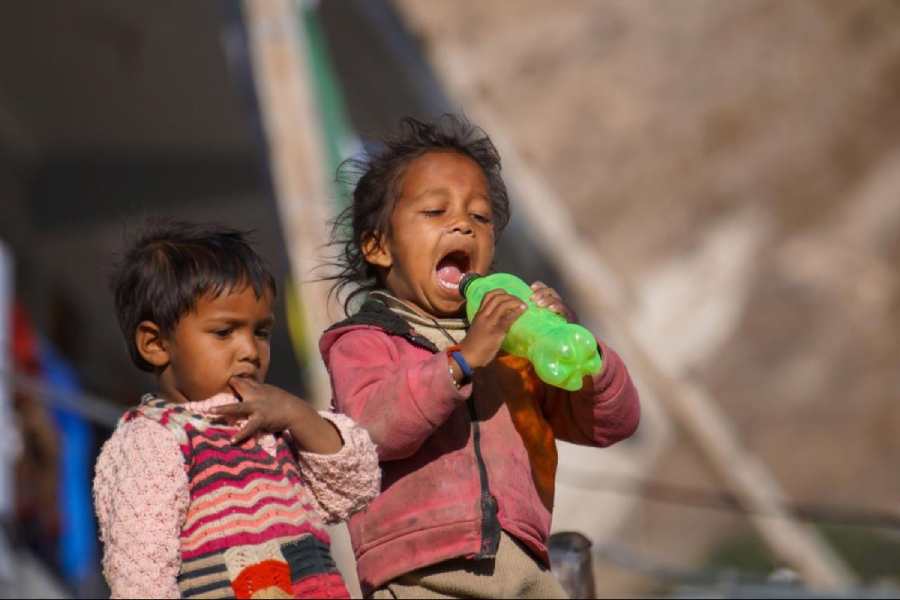There seems to be no limit to the evils of the caste system. The fact that India has higher rates of stunted growth in children — inadequate height because of malnutrition — than sub-Saharan Africa was considered mysterious. India’s comparative prosperity and sub-Saharan Africa’s disease environment with its children unable to access sufficient calories made this the “Indian enigma”. Two economists have recently shown that the enigma disappears if stunting is analysed along caste lines. Children from scheduled castes and scheduled tribes have a 50% more chance of having poor growth than children from other castes, who have only 20% chance. This is in spite of policies ensuring better socio-economic conditions for SC and ST groups; apparently poor nutrition during foetal growth and the mother’s insufficient nutrition can also lead to undernourished children. This finding is also an indicator of the neglect of women in Indian society and the possibility that the advantages of improved economic conditions are largely absorbed by the men. Researchers found that stunting was limited to 27% among non-SC/ST castes whereas India’s rate is 36%. So certain castes have a much lower stunting rate than the 34% of the 19 sub-Saharan countries. India’s rate is pushed up by an inner divide which exposes the huge difference in living conditions between population groups.
A study in 2017 by the National Institute of Nutrition had found 39% of stunting in children of scheduled caste families and 34% in those of scheduled tribes. Low growth in children points to chronic malnutrition and may result in poor intellectual and educational abilities. This, therefore, would condemn some segments of the population to a cyclic lack of social and economic mobility. The field of aspiration and achievement has not been levelled although reservations have long been in operation. It must be asked whether benefits are reaching everyone or whether the politics surrounding the quota system has become more important than equitable distribution. Foundational education, too, has to be given with sensitivity and patience to equip disadvantaged children for equality in the field of work. Most important, perhaps, is the issue of nutrition. Women and children must have their share of calories, proteins and vitamin-rich food. To ensure this, programmes targeting small groups need to be introduced and trust-building exercises initiated. None of this can happen as long as governments remain indifferent.










